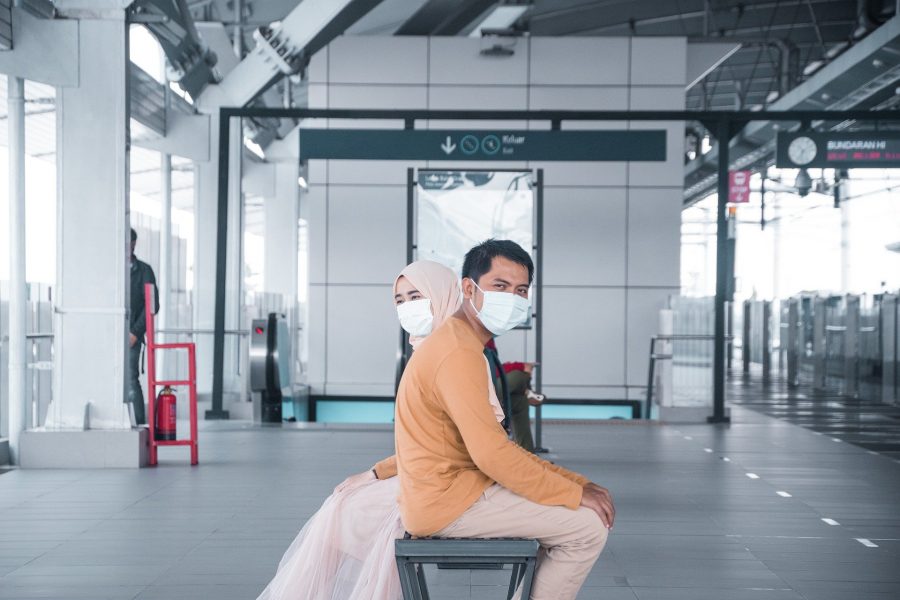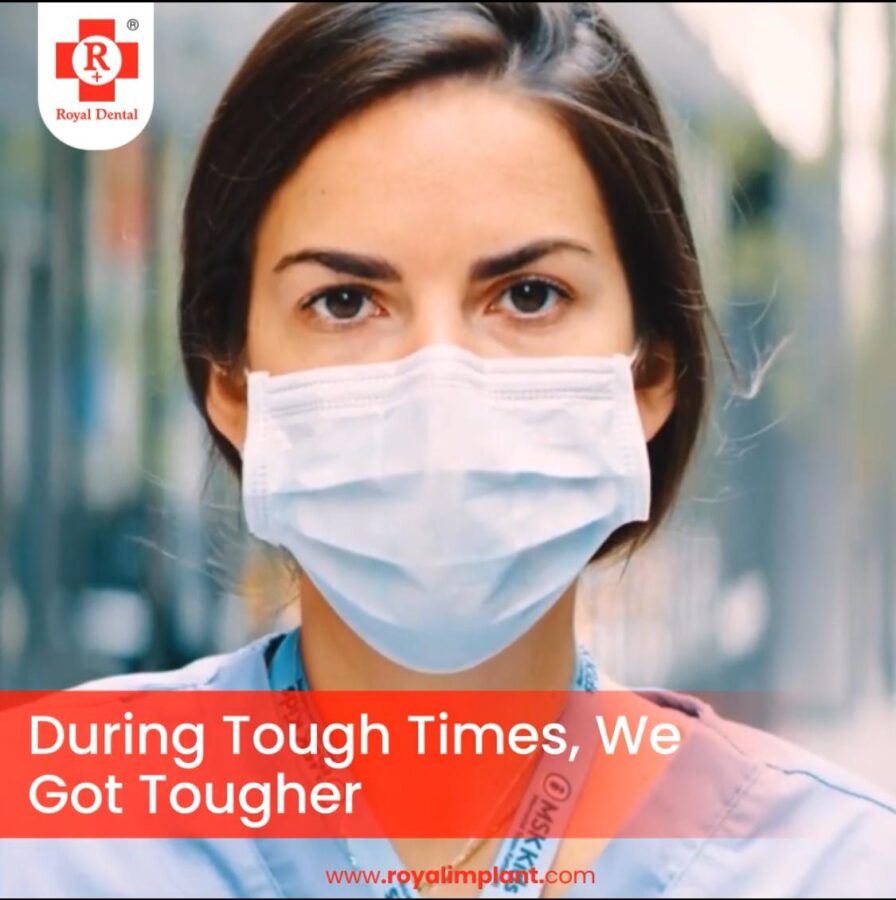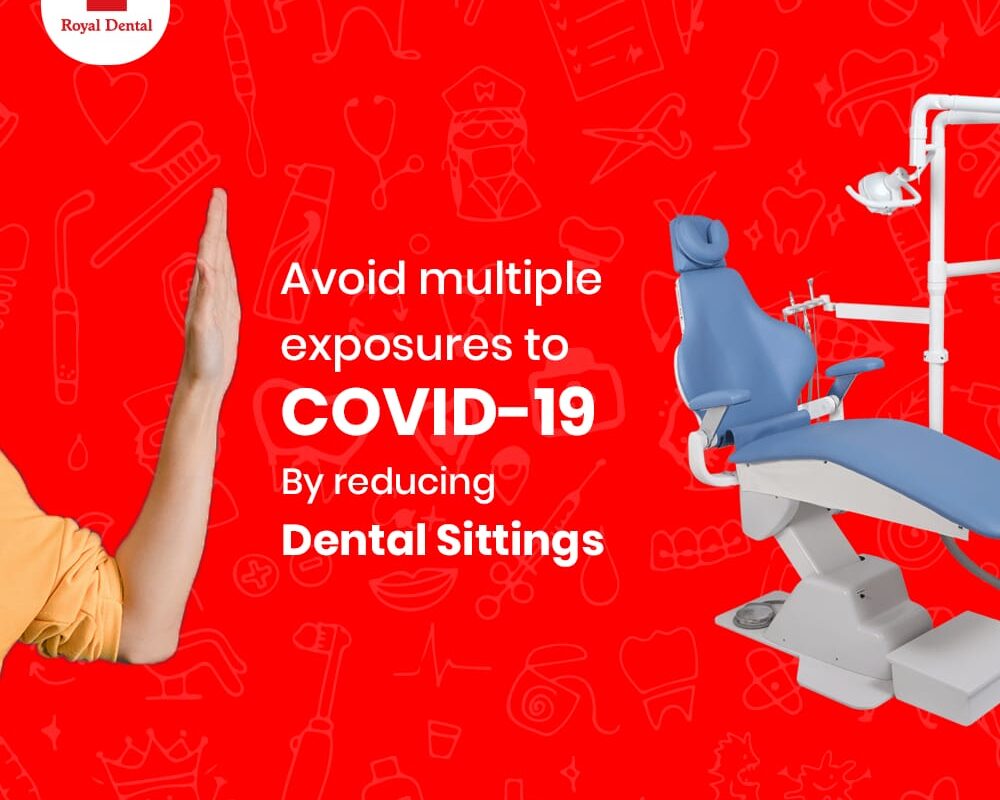In 2023, the world is still adjusting to the long-term effects of the COVID-19 pandemic. For dental practices, the new normal has been particularly challenging. As they are tasked with providing safe and effective care while adhering to strict public health guidelines. To meet these demands, dental practices have had to make significant changes in their day-to-day operations. From implementing new technology to updating treatment protocols and creating new safety protocols, dental practices have had to navigate this new normal to continue providing care to their patients. In this article, we will explore the various ways that dental practices are adapting to the long-term impact of COVID-19 in 2023.
COVID-19 and the Dental industry
The COVID-19 pandemic has had a significant impact on the dental industry. As dental practices have had to adjust their operations to follow public health guidelines. Dental practices have had to reduce the number of patients they can see in a day, implement new safety protocols, and invest in new technology to maintain social distancing. In addition, many practices have had to limit the types of treatments they offer to reduce the risk of virus transmission.
The pandemic has also had an impact on the financial health of dental practices. With fewer patients, dental practices have had to cut costs wherever possible to remain profitable. This has led to layoffs, reduced hours, and a decrease in the quality of care provided. As a result, many dental practices are struggling to keep up with the financial impact of the pandemic.
How COVID-19 has affected the Dental industry?
Reduced patient volume: Many dental practices were forced to close or reduce their patient volume during the early months of the pandemic due to government restrictions and safety concerns. Even after reopening, patient volumes have been lower than usual due to patient fears of contracting the virus.
Increased safety measures: Dental practices have had to implement additional safety measures to prevent the spread of COVID-19, including increased use of personal protective equipment (PPE), enhanced cleaning and disinfection protocols, and the use of air purification systems.
Changes in treatment protocols: Some dental treatments have been postponed or modified due to safety concerns. For example, non-essential procedures like cosmetic dentistry have been delayed, and some treatments that produce aerosols, like scaling and polishing, have been modified to reduce the risk of transmission.
Financial impact: The pandemic has had a significant financial impact on dental practices, with many experiencing reduced revenue due to lower patient volumes and increased costs associated with implementing safety measures.
Shift to tele-dentistry: With the need to reduce in-person interactions, many dental practices have adopted tele-dentistry as a way to provide consultations and advice to patients remotely.
Innovation and adaptation: The pandemic has also led to innovation and adaptation within the dental industry, with many practices adopting new technologies and treatment protocols to provide safer and more efficient patient care.
Impact of public health guidelines on dental practices
Dental practices have had to make significant changes to adhere to public health guidelines during the pandemic. These changes include implementing new safety protocols and investing in new technology to maintain social distancing.
One of the most important changes that dental practices have had to make is the implementation of new safety protocols. These protocols can range from wearing personal protective equipment (PPE) to implementing specific procedures for sanitizing surfaces and instruments. In addition, many practices are requiring patients to take a COVID-19 test before their appointment and/or wear a face mask during their visit.


Another way that dental practices have had to adapt is by investing in new technology to maintain social distancing. This includes using video conferencing platforms for remote consultations and investing in digital tools for appointment scheduling, patient intake, and patient record management.
Newer ways of Dental practice after COVID-19
To maintain social distancing and adhere to public health guidelines, dental practices have had to invest in new technology. This includes video conferencing platforms for remote consultations, digital tools for appointment scheduling, patient intake, and patient record management, as well as new equipment for sterilization, sanitation, and air filtration.
Video conferencing platforms such as Zoom, Google Meet, and Microsoft Teams allow dental practices to provide remote consultations to their patients. These platforms allow dentists to communicate with patients, answer questions, and provide advice without having to be physically present. This can be particularly beneficial for patients who are unable to come into the office due to health concerns or mobility issues.

In addition, dental practices have had to invest in digital tools for appointment scheduling, patient intake, and patient record management. These tools can help streamline the patient experience, reduce wait times, and ensure that the patient’s medical history is up-to-date and easily accessible. This can help improve the overall quality of care provided by the practice.
Finally, dental practices have had to invest in new equipment for sterilization, sanitation, and air filtration. These tools can help reduce the risk of virus transmission and ensure that the practice is providing a safe and hygienic environment for both patients and staff.
Updated treatment protocols after COVID-19
In response to the pandemic, dental practices have had to update their treatment protocols to reduce the risk of virus transmission. These changes include limiting the types of treatments offered, reducing the number of patients seen in a day, and increasing the time between appointments.
To reduce the risk of virus transmission, many dental practices have had to limit the types of treatments they offer. This includes limiting the number of elective treatments, such as teeth whitening and cosmetic dentistry, to focus on essential treatments.
In addition, many dental practices have had to increase the time between appointments to properly sanitize the office and reduce the risk of virus transmission. This can help ensure that the practice is providing a safe and hygienic environment for both patients and staff.
Additionally, many practices have had to limit the number of patients seen in a day to reduce the risk of crowding and maintain social distancing.
Royal Dental Clinics | Tips For Dentist in Dental Practice | By Dr. Arun Chamria
Creating new safety protocols post COVID-19
To keep their patients and staff safe, dental practices have had to create new safety protocols. These protocols can include requiring patients to wear face masks, taking their temperature upon arrival, and undergoing a COVID-19 test before their appointment.
Increased use of PPE: Dental practices are required to use personal protective equipment (PPE) to prevent the spread of COVID-19. This includes using masks, gloves, gowns, and face shields, which can be costly for dental practices.
Changes in patient management: To minimize the spread of COVID-19, dental practices have had to make changes to patient management, such as limiting the number of patients in the waiting room, screening patients for symptoms, and using pre-appointment questionnaires to identify patients who may be at risk.
Enhanced infection control measures: Dental practices have had to implement enhanced infection control measures, such as frequent disinfection of surfaces and equipment, air filtration systems, and limiting the use of aerosol-generating
In addition, many dental practices have had to invest in new technology to reduce the risk of virus transmission. This includes installing air filtration systems and ultraviolet light sanitization systems to reduce the risk of airborne transmission.
Changing patient communication and interaction
The pandemic has also changed the way that dental practices communicate and interact with their patients. Many practices have shifted to digital communication tools, such as email, text message, and video conferencing, to reduce in-person contact. This can help reduce the risk of virus transmission while still providing patients with the care they need.
In addition, many dental practices have had to limit the number of staff members in the office at any given time to maintain social distancing. This can help reduce the risk of virus transmission and ensure that the practice is providing a safe and hygienic environment for both patients and staff.
Financial impact of COVID-19 on dental practices
The COVID-19 pandemic has had a significant impact on the financial health of dental practices. With fewer patients, dental practices have had to cut costs wherever possible to remain profitable. This has led to layoffs, reduced hours, and a decrease in the quality of care provided. Additionally, many dental practices have had to invest in new technology and safety protocols to adhere to public health guidelines, which can be a significant financial burden.
To remain profitable during the pandemic, many dental practices have had to implement new strategies for increasing patient safety. This can include reducing the number of patients seen in a day. Investing in new technology, and providing discounts or incentives for patients who follow the safety protocols.
Strategies to uplift safety after COVID-`9 experience
To remain profitable during the pandemic, many dental practices have had to implement new strategies for increasing patient safety. This can include reducing the number of patients seen in a day. Investing in new technology, and providing discounts or incentives for patients who follow the safety protocols.
Dental practices can also implement new systems for patient screening. Such as requiring patients to take a COVID-19 test before their appointment. This can help reduce the risk of virus transmission and ensure that the practice is providing a safe and hygienic environment for both patients and staff.
In addition, many dental practices are offering discounts or incentives for patients who follow safety protocols. This can include offering discounts for patients who wear a face mask or providing incentives for patients who cancel their appointments if they are feeling unwell.
Finally, many dental practices are investing in new technology to reduce the risk of virus transmission. This includes installing air filtration systems and ultraviolet light sanitization systems. As well as investing in digital tools for appointment scheduling, patient intake, and patient record management.
Conclusion
Overall, the COVID-19 pandemic has had a significant impact on the dental industry, with dental practices facing financial, operational, and clinical challenges. However, dental professionals have also shown resilience and adaptability in responding to the pandemic and finding new ways to provide safe and effective patient care.
By following these strategies. Dental practices can ensure that they are providing a safe and hygienic environment for both patients and staff. While still providing the quality care that their patients expect. As the world continues to adjust to the long-term effects of the pandemic. Dental practices must continue to adapt to remain profitable and provide the best possible care to their patients.






